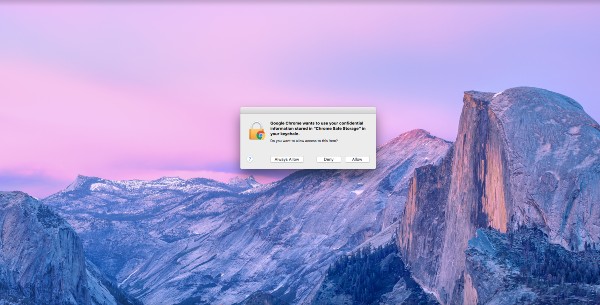Earlier this year, Apple released an advertisement titled “Privacy on iPhone – Private Side.” In the commercial, it shows various methods of maintaining privacy, both physical and visual, before cutting to a shot of an iPhone with the words, “Privacy. That’s iPhone.” Though some people have interpreted this as a marketing gimmick, Apple, in some sense, is correct.
Privacy, especially digital, has been a subject of hot debate throughout the latter part of the 2010s, after a series of National Security Agency (NSA) documents were leaked by whistleblower Edward Snowden in 2013 and subsequently published by The Washington Post and The Guardian in June of that year. The full set of documents, which also included thousands of Australian, Britain, and Canadian intelligence files, was published by The New York Times in the later half of the same year. The files detailed multiple programs of global surveillance, primarily carried out by the NSA, Central Intelligence Agency (CIA), and their various foreign equivalents. The most significant of such programs include PRISM, Carnivore, Tempora, and Project 6, all of which involved data collection. The earliest of such programs, ECHELON, was utilized by the United States to monitor the operations of the Soviet Union in the 1960s.
In the years that followed said leaks, big technology companies, including Apple, Microsoft, and Google have improved their methods of keeping their users’ data secure. Virtually every tech company discloses a “Privacy Policy,” “Privacy Statement,” or something similar to their users, even though they are not required by law to do so, in most cases. Such documents include information on why and how these companies collect, utilize, disclose, and store a user’s data. Data collection, for the most part, is carried out for the purpose of tailored advertising or to find ways to improve a certain product. The language in said policy often corresponds with a company’s acceptable use policy, or Terms of Service, which outlines what users are and aren’t allowed to use their services for. For example, Google uses a single ToS document for all of their services, which states, “By using our Services, you agree that Google can use such data in accordance with our privacy policies.”
A bigger part of digital privacy involves encryption, the objectively most discussed element of the conversation. Encryption, by definition, is the process of converting information or data into a code, especially to prevent unauthorized access. Tech companies, especially ones specifically specializing in cybersecurity, have strongly encouraged users to use some method of encryption. Although most services that people access on the internet are secured by a password, many argue that this alone is not enough. The most common technique of securing data is known as Two-Factor Authentication (2FA), which provides an additional layer of security using a person’s phone, email address, or other method of communication. 2FA is different on a situational basis, as it can range from simply texting a code to the individual’s phone to printing out a sheet of access keys that can be regenerated at any time. Some companies have an even stricter stance on encrypting an individual’s data. Apple, for instance, encrypts all of a user’s data, including text messages and device backups, behind their iCloud account, and ensures that even they don’t have a point of access into said data.
To conclude, privacy is something that is on the table right now. People who care about keeping their information secure from others should look into some measure of privacy. Even something as simple as a password manager can make all the difference to a person’s privacy online.



















